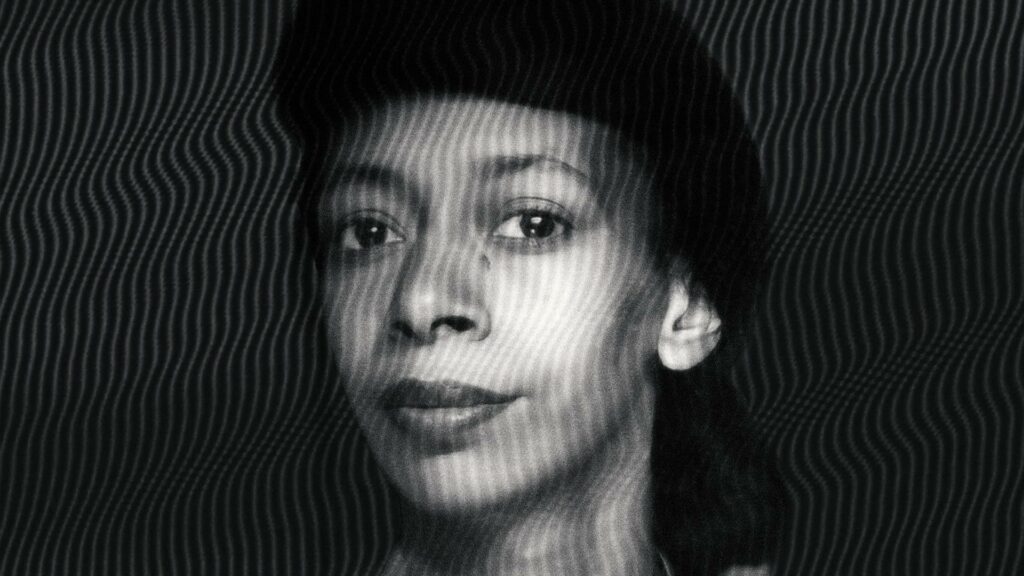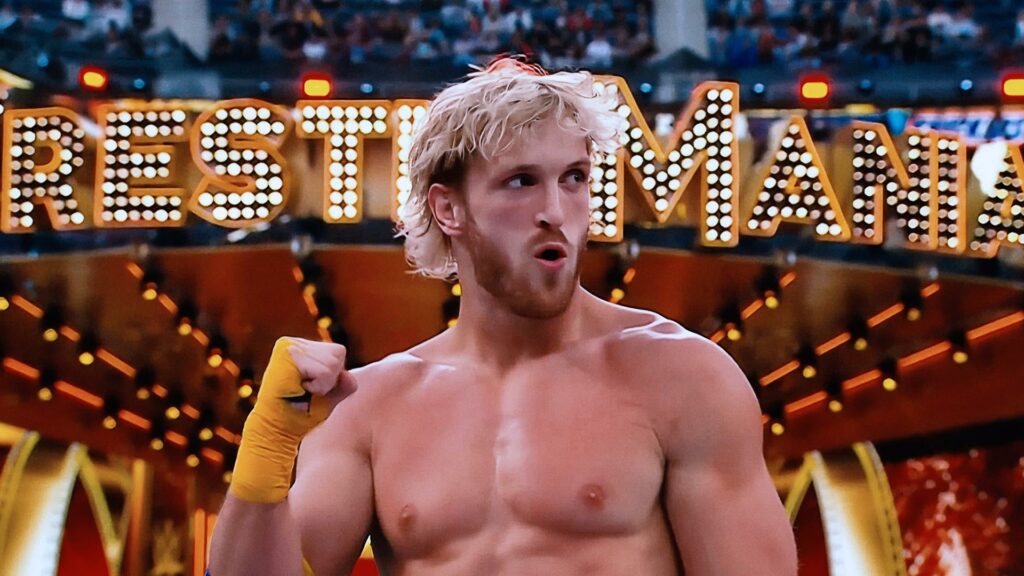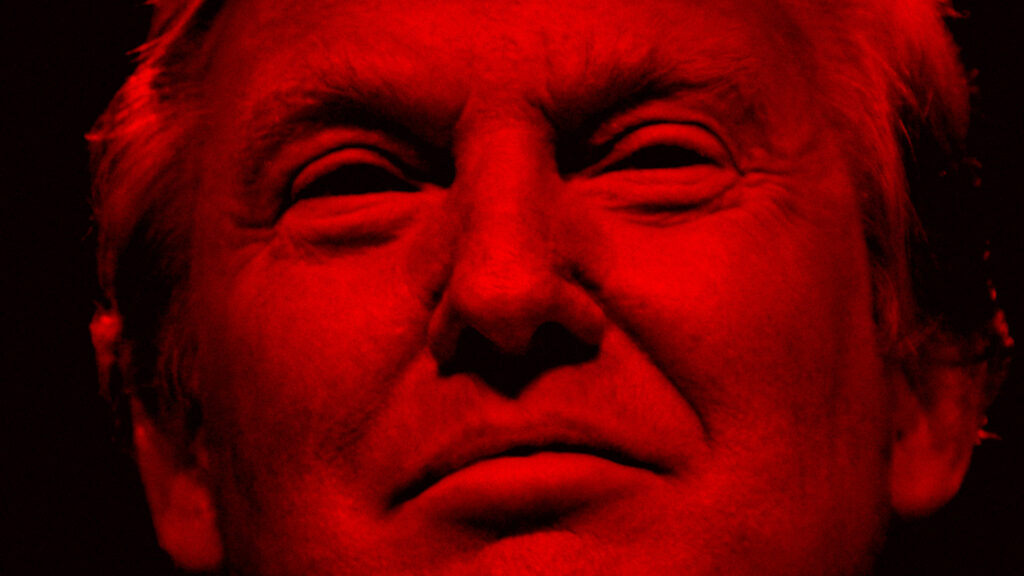“We will live in this world, which for us has all the disquieting strangeness of the desert and of the simulacrum, with all the veracity of living phantoms, of wandering and simulating animals that capital, that the death of capital has made of us—because the desert of cities is equal to the desert of sand—the jungle of signs is equal to that of the forests—the vertigo of simulacra is equal to that of nature—only the vertiginous seduction of a dying system remains, in which work buries work, in which value buries value—leaving a virgin, sacred space without pathways, continuous as Bataille wished it, where only the wind lifts the sand, where only the wind watches over the sand.” Jean Baudrillard, Simulacra and Simulation
“By now, very little a few haunting refrains lingering at the back of your mind separates you from the desert of the real.” Mark Fisher, Ghosts of my Life
On page sixty-two of ‘Ghosts of my Life’, Mark Fisher referred to ‘The male lust for death’ prevalent within the surface operations of rock music, having existed long before Ian Curtis intoned his trans-melancholic considerations onto the iconography of a loaded gun.
Fisher was careful to give a genre-specific account on the signs and associations of the death drive as occurring within the pernicious surface-dwelling of rock music, smuggled into the genre by way of ‘libidinous pretexts’. Over one-hundred pages later, it seems Fisher projected a similar theory onto the more contemporary manifestations of Drake and Kanye West, who were both “morbidly fixated on exploring the miserable hollowness at the core of super-affluent hedonism” from which Fisher suggests, albeit sub-textually, I claim, that the consumerist death drive of capitalist realism exists, perhaps, at a pancultural altitude.
Prior to this analysis of mainstream hip-hop, Mark Fisher wrote that “A secret sadness lurks behind the 21st century’s forced smile.” An analysis that seems to run parallel to the Baudrillardian analysis of contemporary fascinations – the smile of Tom Cruise, a given example, existing only as a means of simulation.
“Smile and others will smile back.” Baudrillard writes, “Smile to show how transparent, how candid you are. Smile if you have nothing to say. Most of all, do not hide the fact you have nothing to say nor your total indifference to others. Let this emptiness, this profound indifference shine out spontaneously in your smile.”
In the cybography of Lil Peep, one of the natural predecessors of hip-hop’s ‘registered melancholy’, the 21st century’s forced smile had been dropped to reveal a sadness that was no longer secret but could now exist at the level of collective disclosure. Alternatively, Mark Fisher’s analysis of rock music’s death drive symbolism could adequately explain why Lil Peep’s earliest music, posted to SoundCloud, was tagged as ‘#Alternative Rock’, a situation that left many music journalists characteristically disorientated.
The difficulty with Lil Peep’s categorisation and analysis can be located in how Gustav Åhr was an artist who was dead serious in a time when irony, in the phrasing of David Foster Wallace, “tyrannises us” becoming “the song of a bird that has come to love its cage.” In Lil Peep’s mallgoth sincerity, “I wanna die too / we all wanna die too”, the ontologies of a suicidal culture become accelerated, no longer concealed, but made real. Suicide, according to Fisher, had “the power to transfigure life, with all its quotidian mess, its conflicts, its ambivalences, its disappointments, its unfinished business, its waste and fever and heat – into a cold myth…” It could be said that the seriousness of Lil Peep’s confessionalism, in hindsight, only became solidified in his death, since ‘Suicide was a guarantee of authenticity,’ as Mark Fisher states, ‘the most convincing of signs that you were 4 Real.’
If we are all melancholic, as Baudrillard writes, then what comes after melancholy? Suicide?
In many ways, the only way for Capitalist (Hyper)Realism to become real – to thoroughly mythologise itself as the only system left to us – so to speak – it must die spectacularly in the simulation of its death; another guarantee of authenticity, to disappear when it still has more to say, to embody its mode of disappearance – to haunt us. As such, the praxis of late-capitalism accelerates towards this thirst for annihilation from which it can affirm a mythological status.
In Baudrillard’s ‘Forget Foucault’, Sylvere Lotringer provides a fascinating insight; “Traditional societies had no history, but they had a mythology; we’re discovering now that history may have been our mythology.”
Without the mythologies of history as an operative referent – mythologies that find themselves increasingly attacked as systems of construction and belief, namely constructions of the powerful, capitalism looks towards its death for justification. The performative credibility of late capitalism’s death drive is what Ted Kaczynski might have called a neat trick of the system, since, as Baudrillard responds to Lotringer, ‘credibility alone is what gives things meaning,’ the element that keeps us ‘trapped in the imaginary.’
Cover photo: Theodore Kaczynski, 1968 by George M. Bergman
Next story


